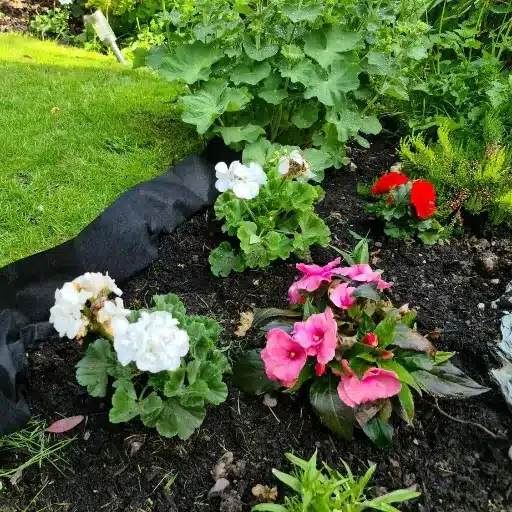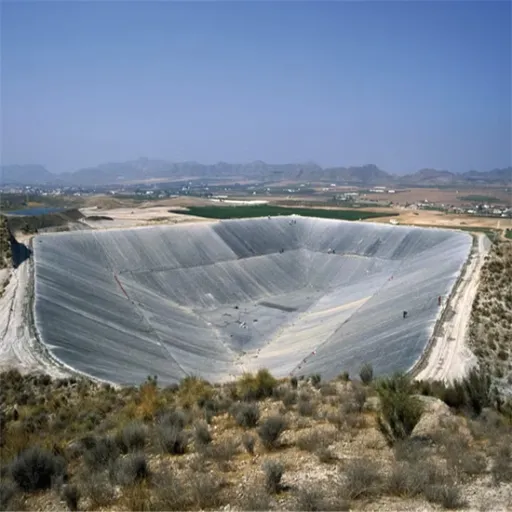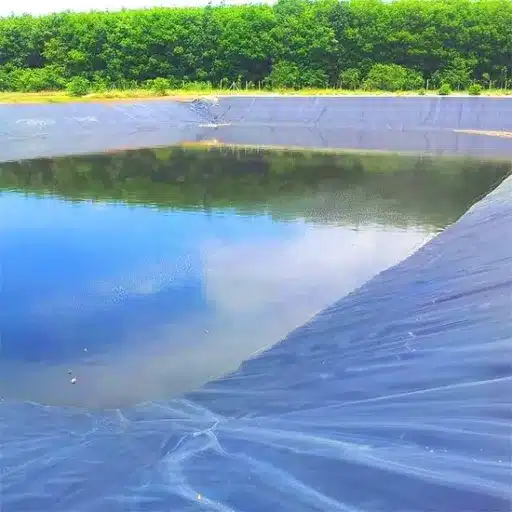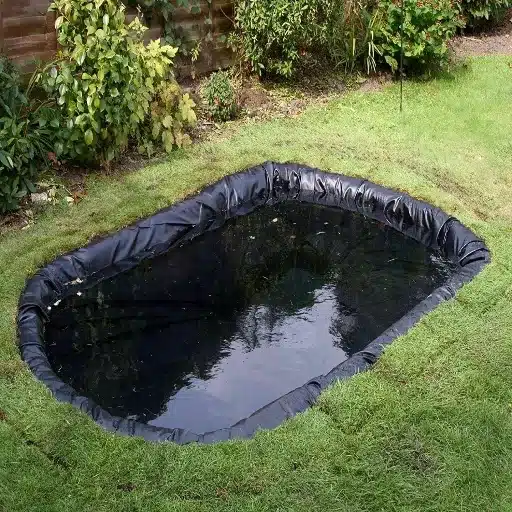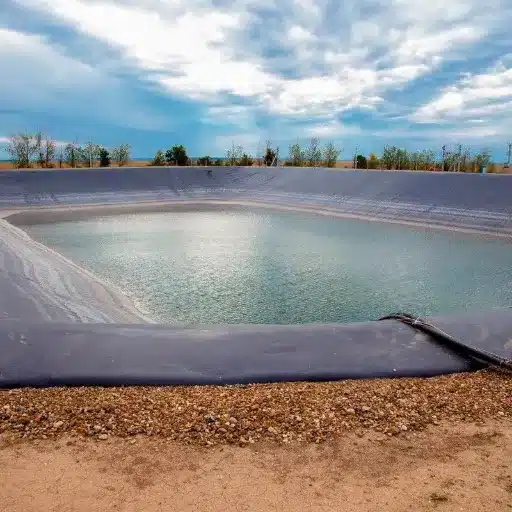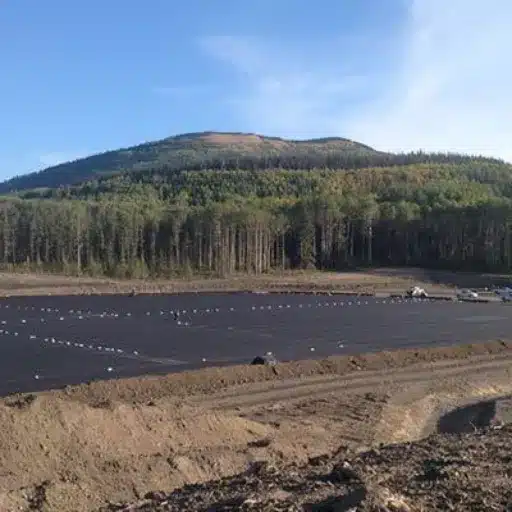When it comes to keeping a pristine and low-maintenance garden landscape, tools mean everything. One such product that has garnered attention for its effectiveness is heavy-duty weed barrier landscape fabric. This durable solution keeps undesirable weeds off-back while encouraging soil formation and healthy plant growth, becoming an absolute must for landscapers, gardeners, or homeowners. In this article, you’ll learn why investing in a premium quality weed control cloth is a must, how it does the job, and what features you should consider when selecting it. Whether you’re a professional gardener or a DIY aficionado, get ready for the ease of transforming any outdoor area while saving time and energy.
Introduction to Weed Barrier Fabric
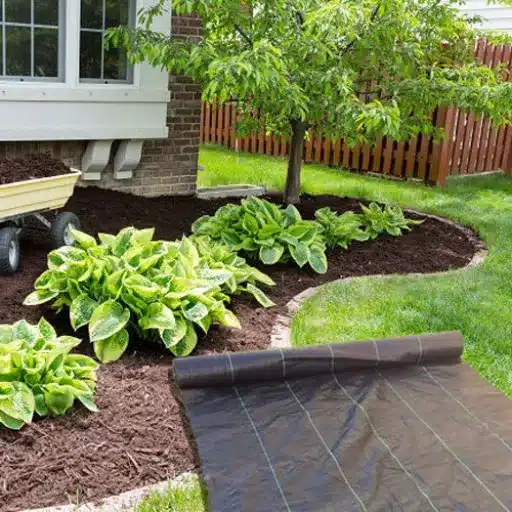
Not only does a weed control cloth save time and effort with effective weed suppression, it also contributes to the health of the soil and plants and provides a tough, low-maintenance solution for shaping outdoor spaces.
What is Weed Barrier Fabric?
Weed barrier fabric, also called landscape fabric or weed control fabric, is a kind of permeable cloth that prevents the growth of weeds while enabling air, water, and nutrients to escape down into the soil. Usually made from polypropylene or polyester, it is spread over garden beds, pathways, or landscaping areas in an attempt to prevent sunlight from reaching into the soil where weeds would germinate.
Key Fact:
Recent studies indicate that weed barrier fabric may suppress weed growth by up to 90%; this contrast with traditional approaches of manual weeding or chemical herbicides positions it as an extremely effective method.
It is also very effective for moisture conservation, erosion prevention, and reduction in soil erosion, thus cultivating healthier plants and a more sustainable method of gardening.
Contemporary weed barrier fabrics include UV protection and are presented in various thicknesses, so a gardener can select the most suitable kind for his or her particular need. When laid down and installed correctly, this material requires minimum maintenance and, rather importantly, improves the outlook of any outdoor area. By cutting hours from the gardener’s effort while supporting a clean, green landscape, these fabrics combine efficiency and aesthetics.
Need for Weed Control
Weed control is important in maintaining gardens and agricultural fields in healthy conditions. When left uncontrolled, weeds deprive plants of sunlight, water, nutrients, etc., and thus impinge upon their own growth. In fact, according to recent agricultural reports, weeds can slash crop output by 34% if left unchecked, thus contributing seriously to the problems facing food production and garden productivity.
Modern Weed Control Methods
- Weed Barrier Fabrics: Can reduce weed growth by up to 90% when installed properly
- Organic Mulches: Suppress 80%-90% of annual weed seeds (University of California research)
- Herbicides: Chemical solutions for targeted weed elimination
Apart from encouraging plant growth, established weed management also reduces labor requirements and future maintenance expenses. According to the study, both gardeners and farmers are being saved much time by preemptive weed control, with labor for manual weeding reduced by up to 50% in a growing season. Early elimination of invasive weeds cultivates an easier-to-manage outdoor space, maintaining a healthy balance between nature and productivity.
Advantages of Heavy-Duty Weed Barrier Fabric
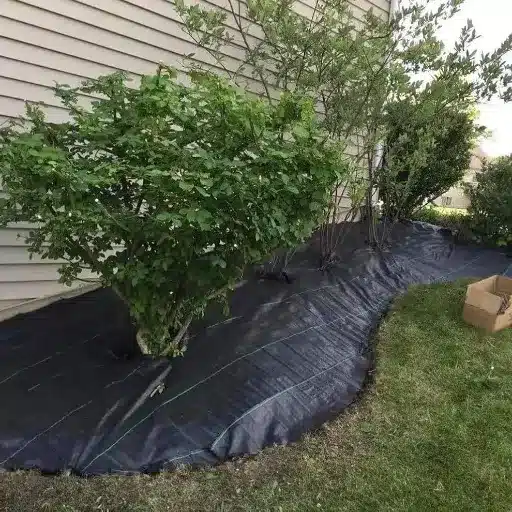
Heavy-duty weed control fabric is a useful and efficient tool in the suppression of weed growth for several landscaping and agricultural applications. Listed below are some of the advantages given recently:
🌱 Effective Weed Suppression
Due to their durability, they form a barrier against sunlight from reaching the soil and prevents weed germination and growth. The experts say that by using the best fabric, weed growth can be cut down by 90% or more, which produces a favorable environment for plants.
💧 Improved Retention of Soil Moisture
Most weed barrier fabrics are made from a material that would allow the penetration of water and air while minimizing evaporation of water from the soil, hence retaining water. This helps in hydrating the plants during the dry season, thereby improving water-use efficiency by some 50% even.
🌿 Less Use of Herbicides
Lessening of herbicides or even no need at all is provided by the use of heavy-duty weed barrier fabric. Thus, in this way, one not only saves on time and costs but also is practicing green landscaping in various ways that can be harmful to beneficial soil organisms and surrounding ecosystems.
💰 Longevity and Cost-Effectiveness
Today, heavy-duty fabrics consist of UV-resistant, tear-proof materials that can last for up to 10 years under normal conditions. Although the initial investment may be on the higher side, due to an extended lifespan and minimized maintenance requirements, it is a cost-effective option.
Common Issues and Limitations
The heavy-duty weed control fabrics may offer some advantages, but common concerns and limitations should never go beyond one’s consideration. Among some major problems, the installation might have been improper. This could lower their efficiency as weeds might sprout from uncovered gaps. Meanwhile, in time organic debris piles on top of the fabric, creating a nurturing layer upon which weeds can thrive despite the protective barrier. Maintenance must be regular to keep this build-up down for the fabric’s long-term performance.
Durability Concerns
Exposure under prolonged sunlight tends to degrade some fabrics that are not UV-resistant, thus resulting in a reduction of lifespan. New recent tests and research have proven that fabrics with UV resistance have an advantage for five additional years to their life compared to common fabrics, thus making them a worthy investment for any project being used in high-sunlight areas.
Soil health concerns are another limitation to some extent. Blocking water infiltration and air circulation, some fabrics will, in turn, discourage soil organisms and reduce natural ground fertility. Research demonstrates that garden beds that make use of landscape fabrics might witness a cut of up to 15 percent in aeration and water absorption when compared to uncovered soil. This is a clear indication that careful selection of materials, such as opting for perforated or breathable fabrics, needs to be given.
Installation Tips for Weed Barrier Fabric
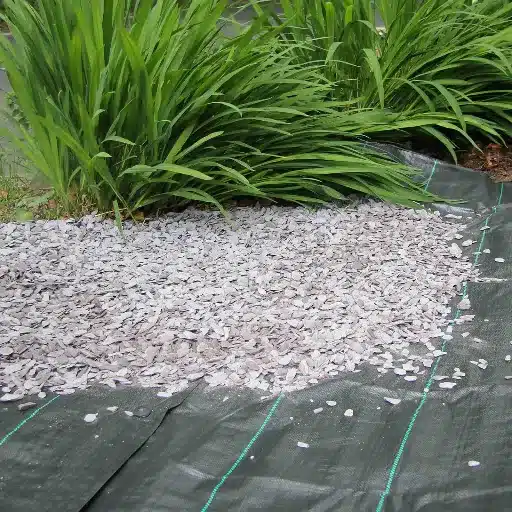
Expert Tip: I believe the right kind of fabric is important in the situation. The perforated or breathable weed barriers will allow air and moisture to pass through, thus promoting soil health while still keeping the weeds in control.
Landscape Preparation for Installation
Good preparation is a requisite in installation to serve weed barrier fabric and maintain it through time. Some of the steps involved in getting your landscape ready for the installation are:
📋 Step-by-Step Preparation Guide
1. Conducting Site Assessment
First, assess the site where the fabric shall be installed. There, weed out vegetation or any debris to give the surface a smooth and clear path. For the best weed barrier efficiency, till the soil to break any compacted area and ensure good drainage. As a landscaping guide of 2023 puts it, a well-leveled soil surface will hold fabric better and prevent weeds from penetrating through it.
2. Measure and Plan the Area
Take accurate measurements of the installation area to ensure that fabric will suffice. Always buy more fabric (about 10-20%) than the exact measurement to compensate for overlaps, errors and adjustments during installation. A roll is usually 3-6 feet wide and up to 300 feet long depending on the size of your landscape project.
3. Gather Edging and Define Borders
Use landscape edging to clearly define the area and prevent the fabric from shifting with time. Strong edgings made of metal, plastic, or stone work well for this purpose. According to professional landscapers, properly edged installation areas contribute to the aesthetic appeal and functional performance of an installation.
Common Mistakes to Avoid
Mistakes made in the set-up and maintenance of your weed barrier can defeat its purpose. Here are several common errors, along with current insights, to watch out for:
❌ Selecting the Wrong Fabric
Not every weed barrier fabric should be used. Choosing a material that is too thin for the needs of your garden will easily end up torn, less durable and poor at controlling weeds.
❌ Poor Soil Preparation
Studies show compacted or irregular soils hinder water drainage and restrict plant growth. Be sure to level and clear the soil of debris, loosely aerate it, and create a solid base.
❌ No Edge Overlap
The edges should be overlapped 2-3 inches for the best weed control. Gaps that weeds exploit are opened when this step is not followed.
❌ Improperly Securing the Fabric
Horticulturists recommend that landscape staples be placed at 12-inch intervals to anchor the fabric properly.
Maintenance and Care for Weed Barrier Fabric
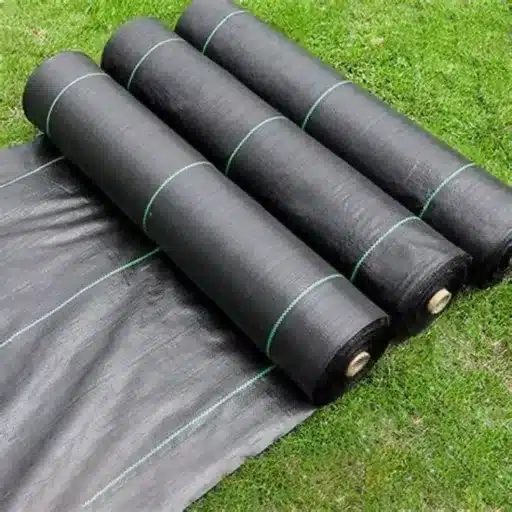
Personal Experience: Some weed fabrics need special maintenance and care: I make sure I check the fabric regularly for any damages or displacements. If I find any tears or areas where weeds are breaking through, I repair or patch the fabric immediately. Sometimes debris occurs: leaves, soil build-ups, etc., all of which weigh down the fabric or offer possibilities for weeds to creep in. Staying on top of things works really well for me in keeping the fabric effective in protecting my garden.
Maintaining Your Weed Control Fabric
Keep your weed control fabric maintained, and you will sustain its effectiveness while extending its life span and getting the most out of your landscaping effort towards which you have invested. If you want to keep your fabric working at its best, follow these tips given below:
🔧 Essential Maintenance Tasks
- Check Your Fabric Regularly: Inspection of any wear and tear, such as tears, holes, or frayed edges, in your weed control fabric needs to take place at least once every three months or immediately after extreme weather conditions. These damaged places present areas for weeds to take hold and compromise its overall functionality.
- Replenish Mulch When Necessary: Most weed fabrics are covered with mulch or gravel as a means to increase their functionality and aesthetics. The weathering of this layer thins it out as time passes. Every year, make an effort to replenish this protective cover.
- Clear Debris and Stop Clogging: Leaf litter, dirt, debris-all these may end up piled on top of the fabric, giving the weeds pockets to establish themselves. Get rid of such debris regularly with a leaf blower or mild hand tools.
- Make Sure Edging and Staples Are Secure: The edges may loosen from time to time and especially after a windy day or heavy foot traffic. Ensure your fabric is secured with landscape staples or pegs along its edges and throughout the perpetrated surface.
How to Extend the Life of the Fabric
To prolong the life of a landscape fabric and keep it efficient, consider the following tips based on the most recent knowledge and foremost practices:
| Strategy | Benefit | Impact |
|---|---|---|
| Use UV-Resistant Fabrics Investment in high-quality, UV-treated materials |
Guards against sun damage, major factor in fabric degradation | 10+ years |
| Provide Proper Mulch Layer 2-3 inches of organic mulch coverage |
Protects from direct sun exposure, maintains soil moisture | +40% lifespan |
| Minimize Heavy Traffic Avoid machinery and frequent foot traffic |
Prevents compaction and physical wear on fabric | High impact |
| Regular Inspection Check for rips, punctures, and displacement |
Allows early repair before major damage occurs | Preventive |
Expert Recommendations and Trends
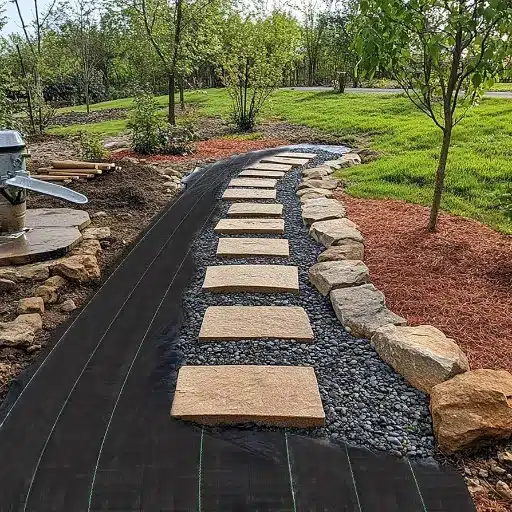
Expert Recommendation: My recommendation is that compaction caused by heavy equipment or traffics needs to be kept at a minimum to preserve the integrity of the fabric. Also, one should ensure to conduct inspections on a regular basis and initiate repairs of any damages immediately to maintain its durability throughout time.
Current Trends in Weed Barrier Usage
The use of weed barriers has therefore seen rapid changes with the advancement of material technology and gardening practices. One of the most talked-about trends in weed barriers is the movement toward environmentally friendly and sustainable options.
🌱 Sustainable Materials
Many gardeners have embraced biodegradable landscape fabrics made from organic materials such as coconut coir and jute that simply decompose in time without damaging the soil.
💧 Smart Irrigation Integration
Weed barriers are being paired with smart irrigation systems that operate with precision. Combining a weed barrier with drip irrigation enables optimal water use while preventing weed growth.
🏢 High-Performance Commercial Solutions
Advances in UV resistant and multi-layered fabric technology add to the appeal of the product in terms of long-term planning for commercial space.
Future of Weed Control Fabrics in Landscaping
More toward sustainable and innovative solutions, the future of weed control fabrics in landscaping is being shaped. This trend goes hand-in-hand with the notion of sustainable gardening and landscaping.
🚀 Innovation Spotlight
At the leading edge, technologies are fostering innovation in this particular field. For example, advanced weed control fabric has been made with improved durability and permeability characteristics to ensure long-lasting performance as well as water and nutrient flow into the soil. There is also great interest in fabrics made from recycled materials or plant-based polymers as means to provide a sustainable alternative to the conventional plastics.
Reference Sources
-
Sandbaggy Blog
- Title: What Is The Best Weed Barrier Fabric?
- Why it’s reliable: This blog provides an in-depth analysis of different types of weed barrier fabrics, their applications, and their effectiveness in various landscaping scenarios.
-
Grassperson Blog
- Title: Weed Barrier Fabrics: Pros and Cons for Your Landscaping
- Why it’s reliable: This source discusses the advantages and disadvantages of using weed barrier fabrics, helping readers understand their practicality and limitations.
-
Target’s Product Listings
- Title: Weed Barrier Landscape Fabric
- Why it’s reliable: Target’s product listings showcase a variety of weed barrier fabrics, including customer reviews and specifications, which can help validate the feasibility and popularity of these products.
Frequently Asked Questions (FAQs)
Your Questions Answered
❓ Which weed barrier fabric is the best for flower beds?
Generally, a heavier grade landscape fabric that permits the passage of water and nutrients but effectively stops weed growth is the best weed barrier fabric for flower beds. Heavy duty weed barrier fabrics made of woven geotextile material are considered one of the best options due to their strength and resistance to the germination of weed seeds.
❓ How does a weed barrier help vegetable gardening?
Weed barriers help vegetable gardens by halting the growth of weeds that would otherwise be competing for nutrients and water. A landscape fabric weed barrier, say the 5oz landscape fabric, allows the soil beneath to breathe as well as permeate with moisture whilst preventing weed growth, thus yielding healthier plants and more productive gardens.
❓ What are different types of landscape fabric used for the purpose of weed control?
Several landscape fabrics are available to ensure weed control, such as woven landscape fabrics, polypropylene landscape fabrics, and heavy-duty weed barrier landscape fabrics. Each holds unique benefits wherein the woven kind excels in durability and the polypropylene offers good permeability for air and water.
❓ Can heavy-duty fabrics be used for gravel driveways?
Yes. These kraft fabrics do contribute to the upkeep of a gravel driveway. The main purpose of a weed barrier fabric under gravel is to keep weeds from growing through the gravel, thereby retaining the appearance and functionality of the driveway. The more durable weed control fabric can keep the surface clean and free of weeds.
❓ How do I install weed barriers around trees and shrubs?
To install a weed barrier around trees and shrubs, the first step is to clear the area of weeds. Landscape fabric is then cut open to fit around the base of plants, making sure it covers all the soil. The fabric is kept in position by several garden staples or garden stakes to prevent the growth of weeds through the fabric.
❓ Why is the weight of the fabric important for preventing weeds?
Weight of the fabric is important for preventing weeds because, generally, heavier fabrics, such as heavy-duty weed barrier fabric, tend to have higher durability and weed protection. A thicker fabric can also take on and survive the effects of nature like wind and erosion, thereby promising weed control for a long time.
🌿 Transform Your Landscape Today
Invest in high-quality weed barrier fabric and enjoy years of low-maintenance, beautiful outdoor spaces. Your garden will thank you for it!

